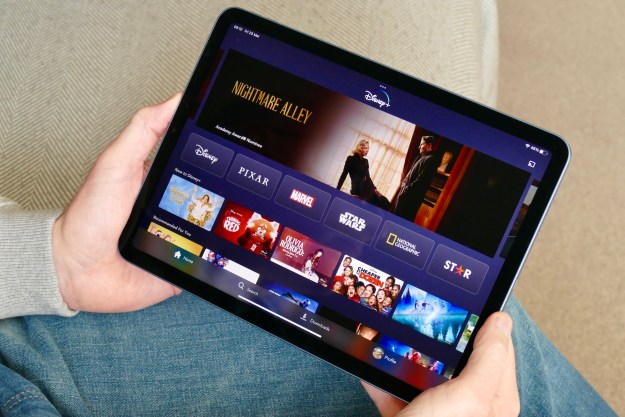First in a series of articles on Setting Up Your Home Theater in Plain English. This article is how to decide what you need and preparing for the set up of your equipment.
There was a time; I remember it from my childhood, when the home entertainment center consisted of a single piece of furniture that contained a small black and white TV, a radio and a record player. There was only a single electrical plug required and an antenna for the TV and radio. Ah, those where the days of simple pleasures. Today, for a modest investment of time and money, almost anyone can have a home theater that rivals your local cinema. While the technology for home theater has become increasingly complex many people seem to panic at the thought of connecting a myriad of wires and cables. Take a breath, relax it will all be all right. With a little planning and patience you will soon be watching your favorite film in your living room.
Planning is the key to setting up your new home theater. This planning has to begin before you even enter your local electronics store. Set your goals. Know what you really need and what you can afford. The current standards for home theater are so flexible that you can start with a really good, modest system and build over time. You have to ask your self a few questions. What type of films do you enjoy? If you favor older films then the full six-speaker surround sound may not be needed at first. If you enjoy the more recent blockbusters you will want to start out with more time and money spent on the audio portion of your system. Most modern televisions will offer a far better picture than was available only a few years ago. Don’t get pulled into investing in a high definition TV at the moment. The standards are not yet fully set and there are not that many sources for HDTV. Do you really need to spend $10,000 more to watch reruns of a sitcom with such detail? DVD players are really a must. There are thousands of movies on this format now with hundreds more being released every week. You can get everything from old favorites to the latest films on DVD. Instead of a VCR you may want to consider one of the new hard drives for your TV. Something like Tivo which permits you to digitally record up to 60 hours of TV and transfer what you want to keep to a VCR, are common place now. Don’t forget a CD player. Regrettably the vinyl record is a thing of the past but a good CD player will greatly enhance your home entertainment system. Once you know what you want and how much you have to spend it is time to go to the store. Don’t let the salesperson out talk you. They need to make a sale and if you have a good idea of what you want they may avoid the high-pressure sale.
Once you get all your brand new boxes home don’t rush. A lot of time and money went into the manuals for a reason. They do help. As you unpack your equipment write down in the manual the date, where you purchased the equipment and the serial number of each item. Read the manual. This hint is especially for the guys out there. I know you want to use the equipment as soon as possible but an hour or reading will save you many times more in grief. There are usually some blank pages at the end of the manual. USE THEM. Write down any problems you had during installation and what you did to resolve the issues. Someday you will want to move the setup or add something to it. Believe me, I know this from experience; you will forget what you have to do. While you are waiting for your system to be delivered or just before you start the real set up run the wires to your speakers. With modern surround sound systems you will have to run wires all over the room. I have tried the wireless speakers and they currently do not provide the audio range that is required for really good sound. Also, a cell phone or taxi radio can interfere with the reception distorting the sound. Stick to wires. Never wire across an area that people will walk over. This is important for doorways. Go up and over. Once again this is a case of a couple of extra minutes of time saving a lot of trouble later on. There are covers for wires that can be tacked to the floor and hide the wires. Use these if you want to paint over the wires; never paint the wire or cable itself.
The next article will go into the main event, the actual installation of your equipment.
Editors' Recommendations
- Best AV receivers 2024: top sound for your home theater
- How to hide your TV and home theater wires for a tidy look
- 20 of the best Dolby Atmos movies to watch in your home theater
- 7 products to turn your living room into a home theater on the cheap
- Amazon’s $35 Fire TV Blaster extends Alexa to all of your home theater gadgets


